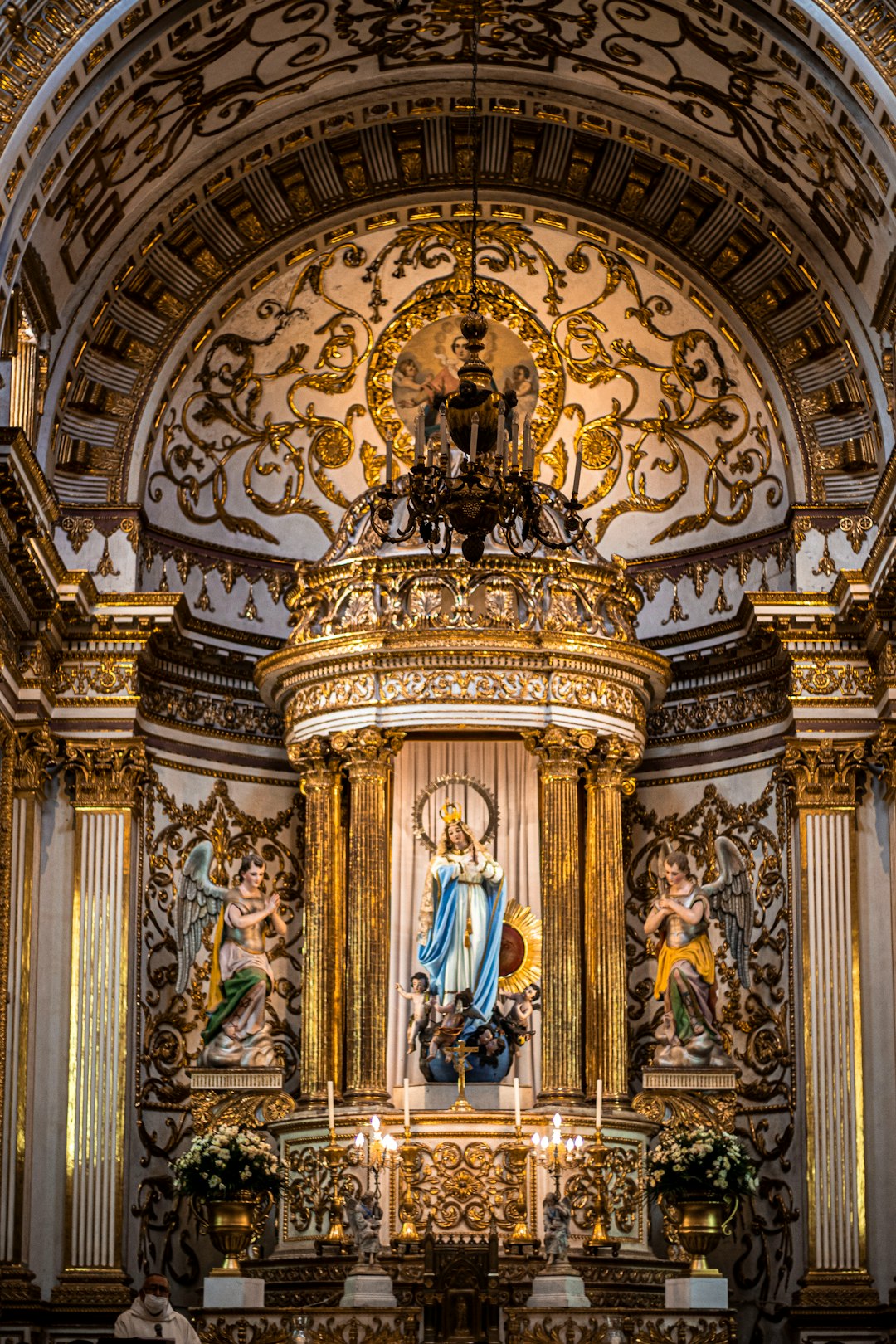Exploring the world of Barroco, or Baroque, takes us back to a period of artistic style that began in the late 16th century and flourished across Europe until the 18th century. This era is renowned for its exuberant detail, deep color, and grandeur in sculpture, painting, architecture, literature, dance, and music. Did you know that the term "Baroque" originally stemmed from the Portuguese word "barroco," which means a 'misshapen pearl'? This fascinating origin highlights the era's embrace of the intricate and the extravagant, setting the stage for a journey into one of history's most opulent periods.


The Baroque era, spanning from the late 16th century to the early 18th century, marked a period of dramatic and bold innovation in art, architecture, and music across Europe. Originating in Rome, Italy, as a reaction to the rigid styles of the Renaissance, Baroque quickly spread to other parts of Italy, France, Spain, Portugal, and later to the rest of Europe and the Americas. This period was characterized by its dramatic use of light and shadow, intense emotions, and a desire to evoke awe and wonder. The Catholic Church's Counter-Reformation played a significant role in the birth of Baroque, as it sought to attract the faithful through the emotional resonance and grandeur of its art and architecture. Political entities also embraced the style, using it to convey power and control. Thus, the Baroque era was not just an artistic movement but a reflection of the social, political, and religious upheavals of its time.
Baroque art is distinguished by its dynamic complexity and grandeur, qualities embodied by the works of its key figures. Caravaggio, with his revolutionary use of chiaroscuro, brought dramatic intensity to his subjects, making him a pivotal figure in early Baroque art. Gian Lorenzo Bernini, another titan of the era, transformed Rome with his sculptures and architecture, blending realism with spirituality. His work in St. Peter's Basilica stands as a testament to Baroque's grandeur. Artemisia Gentileschi, a pioneering female artist, gained renown for her powerful depictions of biblical and mythological female figures, challenging the era's gender norms. Peter Paul Rubens, celebrated for his exuberant and sensuous paintings, epitomized the Baroque movement in the Flemish region. These maestros, among others, played crucial roles in defining the Baroque era, leaving a legacy of masterpieces that continue to captivate and inspire.
For an in-depth exploration of the Baroque period, including its origins, characteristics, and key figures in art, architecture, and music, visit the Metropolitan Museum of Art's comprehensive guide.
The Baroque period, spanning from the late 16th century to the early 18th century, was a time of dramatic expression and grandeur in art, music, and architecture. This era produced some of the most magnificent and awe-inspiring buildings that continue to captivate people around the world. Among the most iconic examples of Baroque architecture are the St. Peter's Basilica in Vatican City, the Palace of Versailles in France, and the Winter Palace in Saint Petersburg, Russia.
St. Peter's Basilica, one of the largest churches in the world, showcases the grandiosity of Baroque architecture through its immense scale, lavish decorations, and the dramatic use of light and shadow. Designed by renowned architects including Donato Bramante, Michelangelo, and Gian Lorenzo Bernini, this basilica stands as a testament to the creativity and engineering prowess of the Baroque era.
The Palace of Versailles, another hallmark of Baroque architecture, exemplifies the opulence and extravagance of the French monarchy under Louis XIV. Its intricate designs, expansive gardens, and the Hall of Mirrors reflect the absolute power and the artistic inclination of the Sun King. Versailles is not only a symbol of royal luxury but also a showcase of Baroque's emphasis on grandeur and elaborate decoration.
In Russia, the Winter Palace in Saint Petersburg, primarily designed by Bartolomeo Rastrelli, is a monumental example of Russian Baroque. Its vast scale, elaborate ornamentation, and the striking use of color illustrate the adaptability of Baroque aesthetics to different cultural contexts. The palace, which served as the official residence of the Russian monarchs, is now home to the Hermitage Museum, one of the largest and most prestigious museums in the world.
These architectural marvels are not only significant for their historical and cultural value but also for their role in defining the characteristics of Baroque architecture: grandeur, dynamism, and a dramatic use of light and space. They continue to influence modern architecture and remain a source of inspiration for architects and designers worldwide.

The Baroque era, spanning from the late 16th century to the early 18th century, left an indelible mark on the world of art and architecture, influencing subsequent generations in profound ways. Its legacy can be seen in the dramatic expressions and grandeur of modern art and architecture, where the echoes of Baroque's elaborate ornamentation, dynamic contrasts, and emotional intensity continue to resonate. In contemporary art, the influence of Baroque is evident in the works of artists who employ contrast, movement, and dramatic focus to evoke an emotional response, mirroring the Baroque's emphasis on bringing viewer engagement and experience to the forefront. Similarly, modern architecture often incorporates the grandiosity and opulence of Baroque designs, seen in the sweeping curves, ornate details, and the bold interplay of light and shadow in public buildings, theatres, and museums around the globe. This enduring legacy highlights the Baroque's lasting impact, demonstrating how its principles of drama, tension, and exuberance have transcended time, continuing to inspire and shape the aesthetic and conceptual frameworks of contemporary art and architecture.
Immerse yourself in architecture’s most boundary-pushing ideas—where innovative home improvements meet visionary urban developments. Discover new building techniques, materials, and creative concepts that are redefining how we shape our spaces on a global scale.